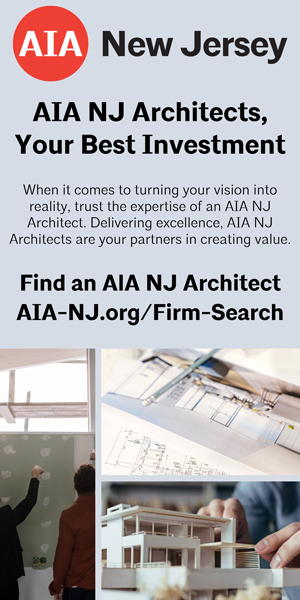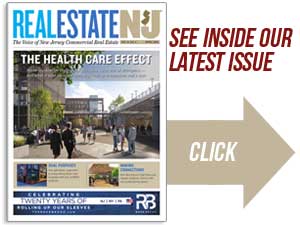111 South Harrison St East Orange — Courtesy: Gebroe-Hammer Associates
By Joshua Burd
Private investors have acquired a set of apartment high-rises in East Orange, paying $27.15 million for nearly 250 units in one of the city’s main thoroughfares.
Gebroe-Hammer Associates, which brokered the deal, said Tuesday that the portfolio includes 106, 111 and 120 South Harrison St. The three newly renovated properties are in the city’s Main Street and South Harrison Street residential neighborhood, which the firm says is 99 percent occupied by renters and has the highest rate of occupancy of any neighborhood nationally.
The Gebroe-Hammer team of managing directors David Oropeza and Joseph Brecher exclusively represented the seller and identified the buyer, respectively. The seller also was an unnamed private investment group.
“These buildings, all of which are classic, early 20th-Century buildings, are well-known fixtures along the city’s architectural landscape,” Oropeza said in a prepared statement. “Collectively, they are often linked together due to their convenient location near shopping, dining, parks and mass transit and certain aesthetic similarities, yet they retain their individual unique-in-character identities.”
The portfolio includes 119 units at 106 South Harrison St., 86 units at 111 South Harrison St. and 44 units at 120 South Harrison St., the brokerage said in a news release. The overall unit mix includes three studios, 142 one-bedrooms, 83 two-bedrooms and 21 three-bedrooms
Renovations to the properties include modern bathrooms and kitchens, hardwood flooring and central air conditioning and heating, the news release said. Other amenities include on-premises laundry and parking facilities and tenant-only fitness rooms.
“The opportunity to acquire three prominent, historically well-occupied apartment buildings in a city where transportation is its greatest asset attracted widespread investor interest among those who already have a presence as well as those seeking to gain entry into this high-population-density submarket,” Brecher said. “Private-investment initiatives and gentrification of the tenant base are spurring further revitalization in what is expected to become another of North Jersey’s high-barrier-to-entry multifamily investment markets.”










